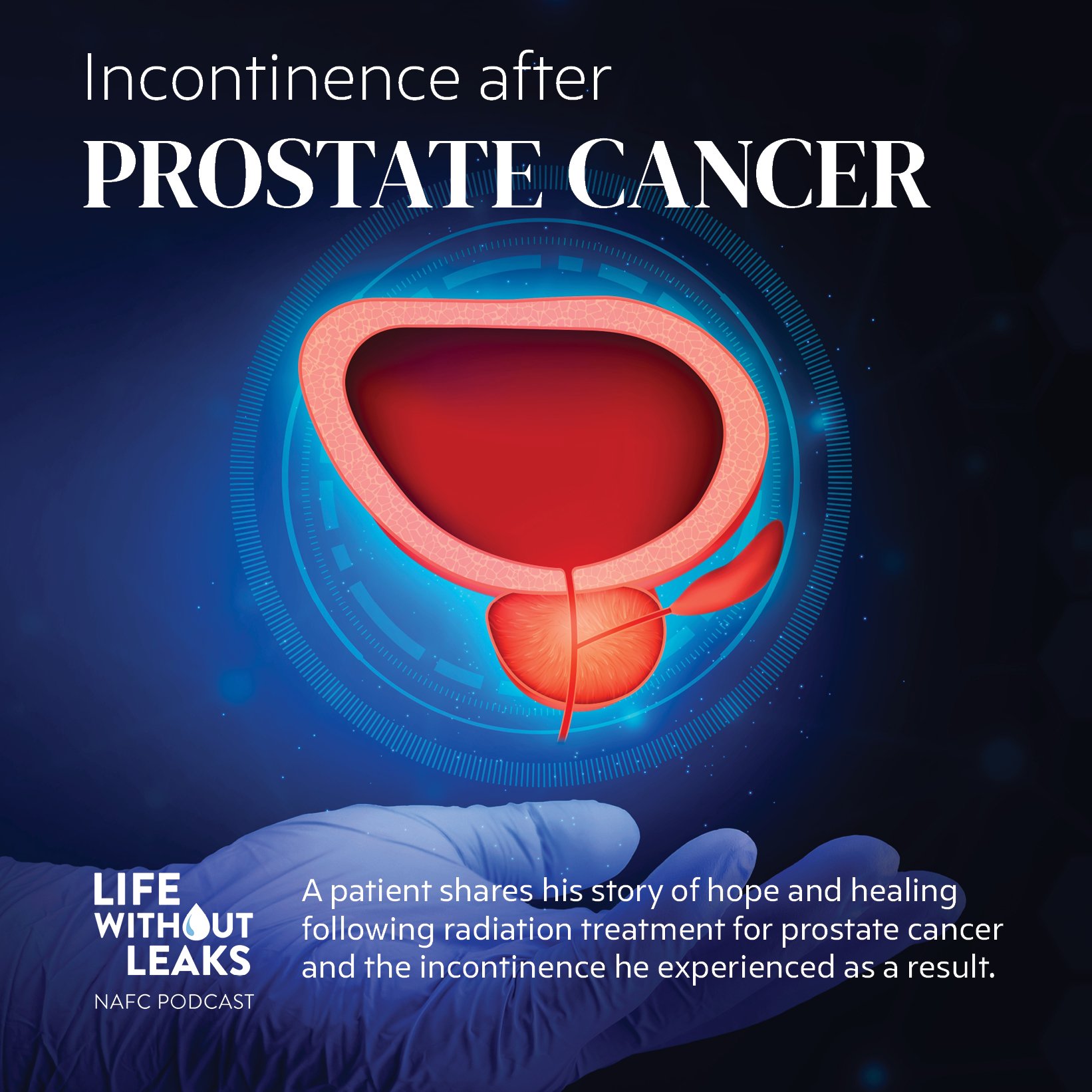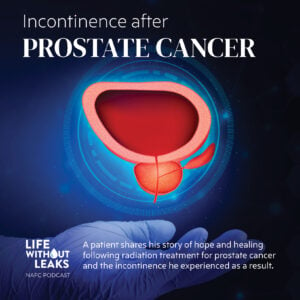Incontinence affects millions of people every day— both men and women. Talking about issues like stress urinary incontinence, an enlarged prostate, or adult bedwetting isn’t something people do regularly, so there are a lot of rumors swirling around about how to manage your bladder and bowel health. Below, learn about 5 common myths of incontinence.
5 Common Myths Of Incontinence
Myth #1: Incontinence only occurs in older individuals.
Many believe that incontinence is a condition only experienced by senior citizens or aging individuals. According to health.com, 1 in 4 women over the age of 18 experience involuntary leakage. Another statistic shows that one third of all adults between the age of 30 and 70 have experienced loss of bladder control. While incontinence can be more common in older individuals, adults of all ages are coping with this condition on a daily basis.
Myth #2: Incontinence is a persistent condition that cannot be reversed.
The most important thing to understand about incontinence is that it is the symptom of an underlying issue, not a disease. While incontinence can be the result of a serious condition, often there are ways to maintain or reverse incontinence. There are various therapies, medical treatments, and even surgeries that can reverse incontinence symptoms. Consult with your doctor to learn which approach is best for you.
Myth #3: Only women suffer from incontinence.
Incontinence is more common in women – especially following childbirth or intrusive surgeries – however, an estimated 3.4 million males in the United States are coping with incontinence as well. Men are more unlikely to discuss their incontinence with friends, family, or their doctor, causing many men to become uninformed or ill-informed about their condition. Despite many preconceived notions, incontinence is a manageable and sometimes reversible condition for both men and women.
Myth #4: Incontinence will go away on its own.Text Here
Many are embarrassed or nervous to discuss incontinence with others and hope that it will eventually resolve itself. However, this is not the case. It is very important to talk to your doctor or health professional to learn about what can be done to alleviate incontinence symptoms. In many cases, incontinence is treatable and even reversible. Don’t shy away from seeking out help, the sooner the better.
Myth #5: Incontinent undergarments can’t be discreet.
There are numerous advances in incontinent underwear and absorbent technology that allow individuals to lead happy, active lifestyles, a great option being washable and reusable products. These undergarments are stylish yet functional, offering necessary protection with minimum visibility or noise. Incontinence underwear comes in a variety of styles for both men and women, making it less stressful to live with incontinence. Certain types of incontinence undergarments are even reusable for up to 250 washes, providing eco-friendly and cost-effective solutions as well.
Offering a line of washable reuseable Incontinence underwear, Wearever Incontinence briefs and panties offers a sustainable alternative to disposable products. Wearever Men’s and Women’s underwear are lined with a special sewn-in pad providing support for small drips and leaks that occur throughout the day. These garments are available in various styles and multiple levels of absorbencies and come in extended sizing.
Get 15% off Wearever products using the exclusive code NAFC23 at weareverincontinence.com.






